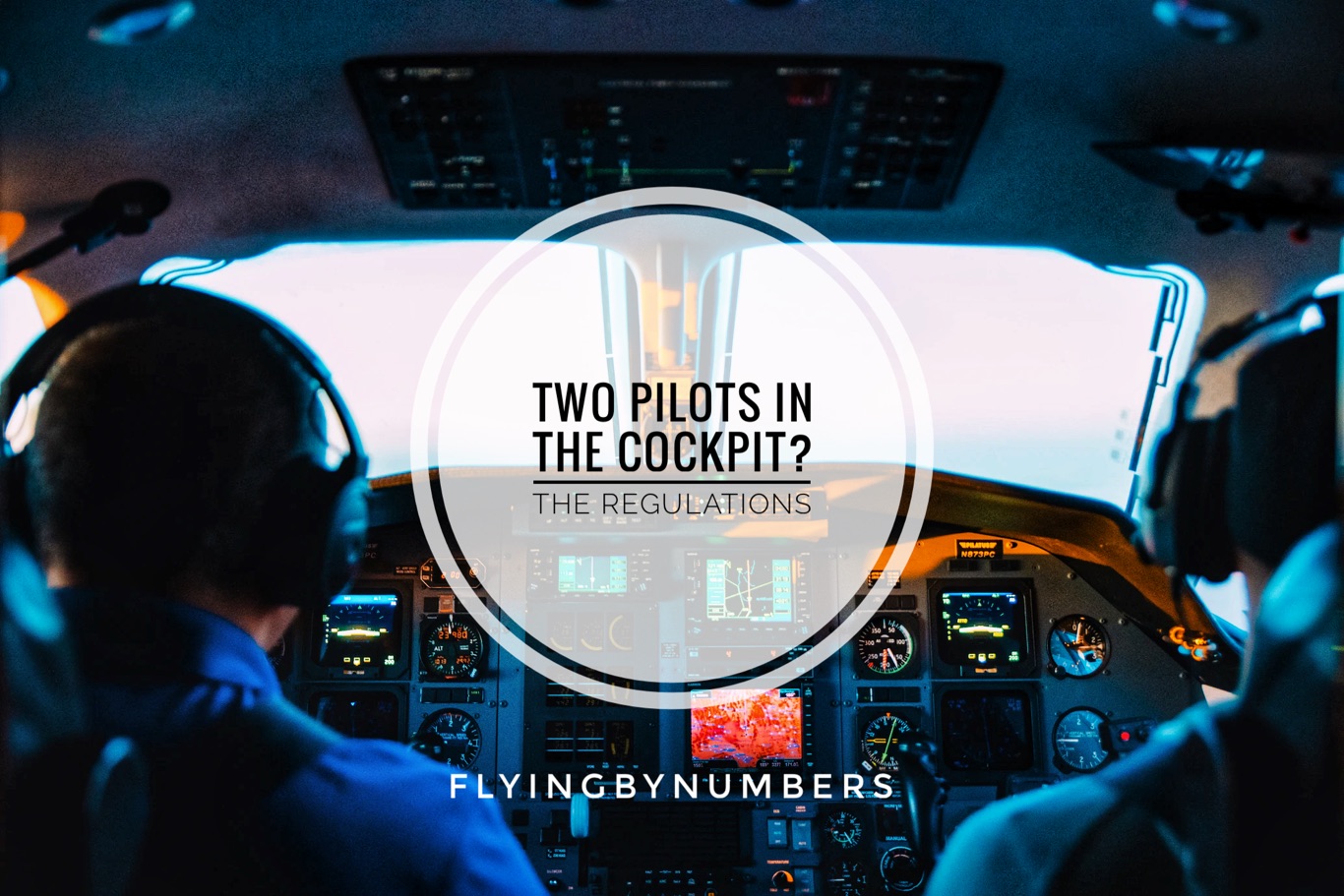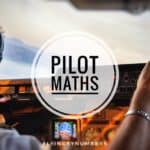In the realm of commercial aviation, safety is paramount. One aspect that has been debated for years is whether there should always be two pilots in the cockpit of a commercial aircraft.
As a result, it is a question our readers often ask for clarity about. Some readers have even expressed concern — and filed reports — about aircraft they have been passengers on when they have seen a pilot leave the flight deck.
However, it’s not always true that two pilots need to be in the cockpit.
In this article, we delve into the regulations and practices surrounding this issue and explore the rationale behind the two-pilot requirement for some airlines and its absence in others.
What about two pilots IN the cockpit?
Aviation regulations state that two pilots are required onboard a commercial aircraft, but they don’t typically state that two pilots must remain in the cockpit at all times.
However, airlines are free to implement their procedures, above and beyond what the regulator requires. Because of this, some airlines do choose to mandate having two crew members remain in the cockpit at all times, incorporating this rule into their own operating procedures.
We’ll take a look at why some do, and some don’t require the “rule of two”.
Cockpit tragedy: Why some airlines require two in the cockpit at all times
Very rarely, there can be significant risks associated with leaving a single pilot alone in the cockpit. One of the most tragic examples of this risk was the Germanwings Flight 9525 accident in March 2015.
The co-pilot, Andreas Lubitz, deliberately crashed the plane into the French Alps, killing all 150 passengers and crew members on board. Lubitz had a history of mental health issues, and investigators concluded that he had intentionally locked the captain out of the cockpit before initiating the fatal descent (BEA, 2015).
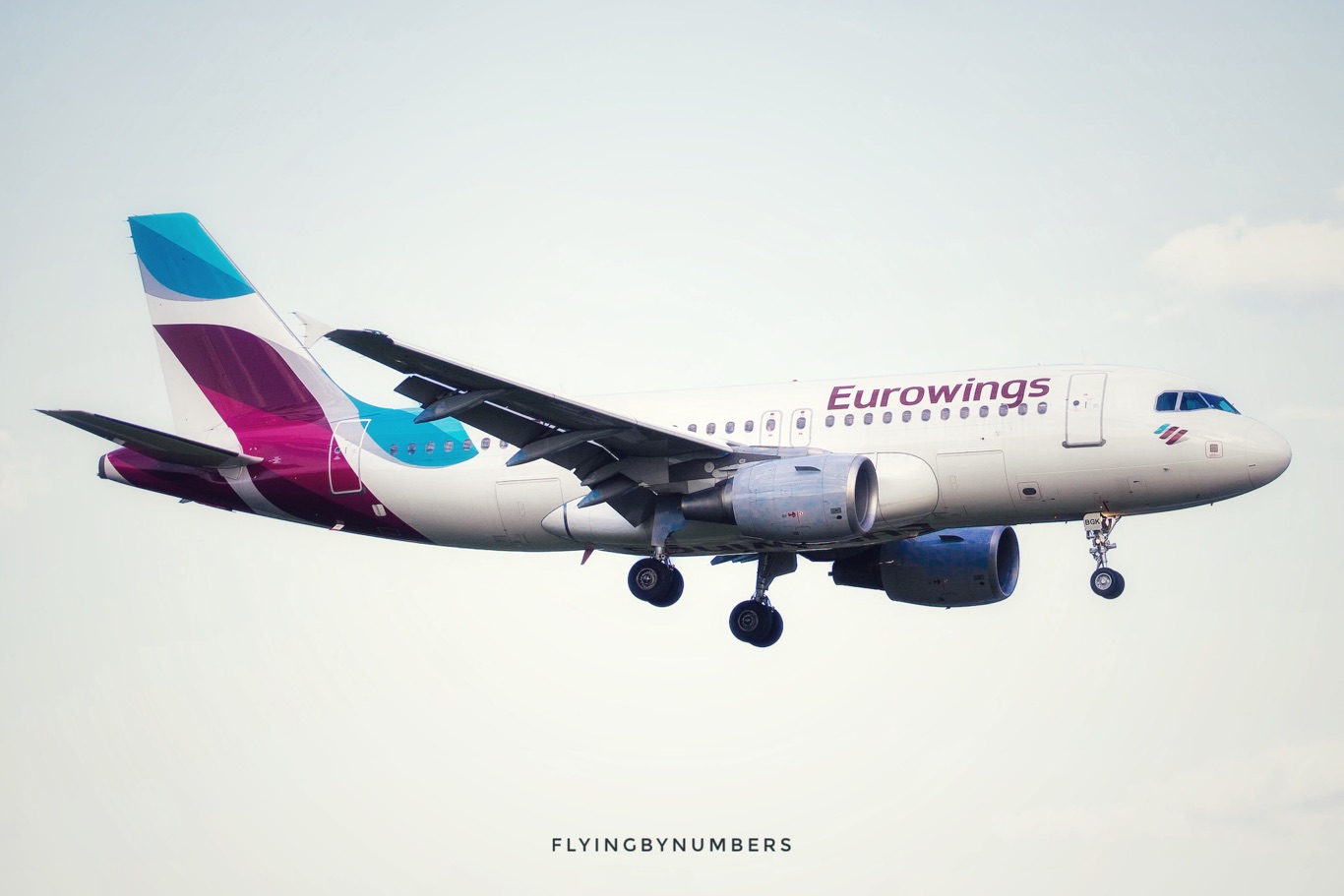
After the unfortunate incident Germanwings rebranded as Eurowings…
This incident prompted widespread debate about the safety of single-pilot operations and the need for more stringent regulations.
In response to the Germanwings tragedy, aviation regulators such as EASA rapidly enforced temporary changes requiring two people in the cockpit at all times. These policies, known as the “two-person rule” or “rule of two,” dictate that if one pilot leaves the cockpit for any reason, another trained crew member (such as a flight attendant) must enter and remain in the cockpit until the pilot returns.
The goal of these policies is to prevent similar incidents by ensuring that no single individual has sole control of both the aircraft, and access to the cockpit.
Why don’t all airlines require the “two-person rule”?
After the incident, the overseeing aviation authority, EASA, rapidly mandated a two-person rule. This was swiftly followed by other major regulators, notably the FAA in the USA, and even as far afield as Australia.
Nevertheless, after this initial response to the Germanwings tragedy, aviation regulators gradually relaxed their framework. The European regulatory authority — where the incident happened — relaxed their rules around 1 year after the event in July 2016.
The SIB recommends that first a risk assessment is performed and then, based on the results of the assessment, the operator may decide to maintain the “2-persons-in-the-cockpit” procedure as one possible mitigating measure. The SIB provides guidance to operators on the elements to be considered in performing the relevant risk assessment.
Minimum Cockpit Occupancy: EASA issues revised Safety Information Bulletin
Proactive measures introduced
So, what changed? Firstly, a few proactive measures were introduced:
Secondly, not all airlines and regulators agreed that having two pilots in the cockpit at all times is necessary for maintaining safety.
Critics of the two-person rule initially argued that it does not necessarily enhance safety, as it relies on the assumption that the second crew member is capable of preventing an accident.
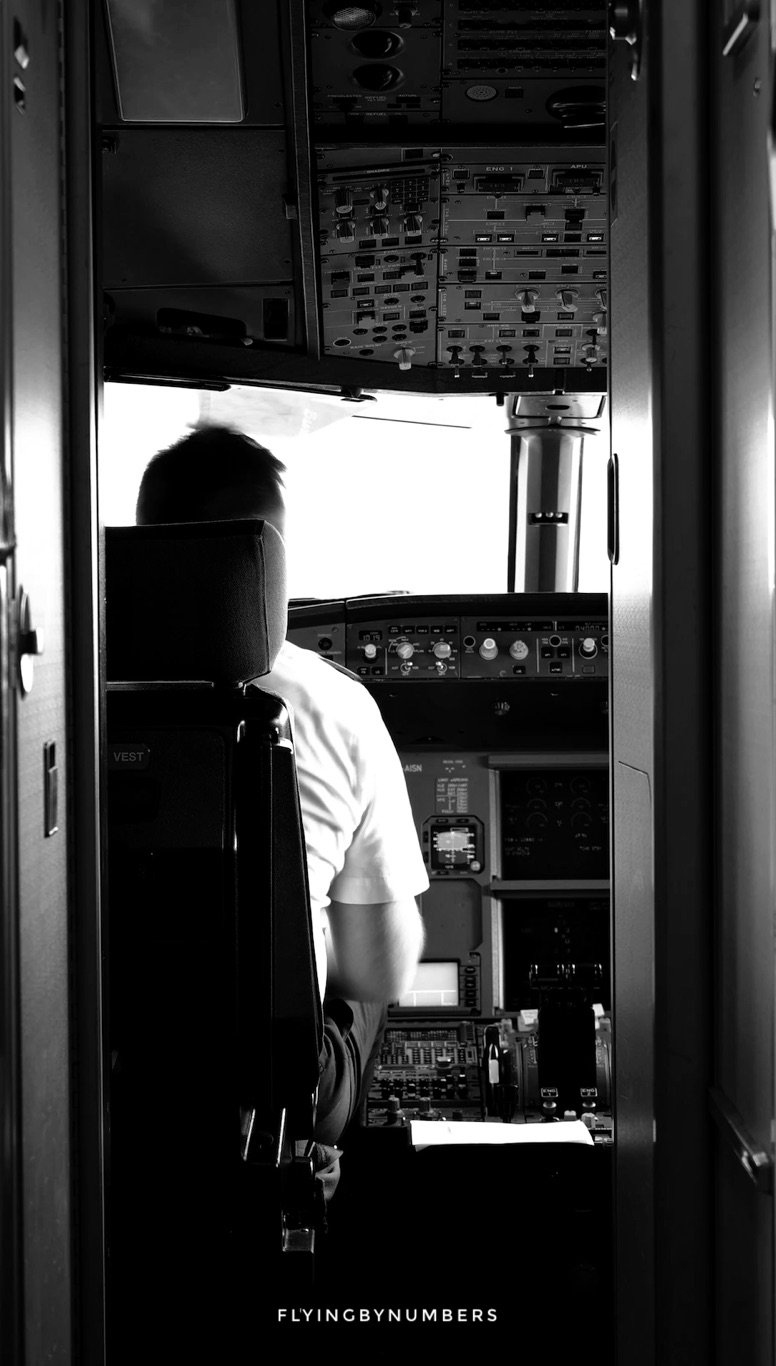
As we explained in our article, Are Flight Attendants Trained To Land Planes?, while cabin members are capable of helping out during pilot medical situations, they don’t receive any training in how to operate the aircraft itself.
- Reduced passenger confidence: Public perception is important when it comes to air travel, and implying that pilots need monitoring could potentially lower passenger confidence in pilots’ abilities to manage the aircraft safely. This may result in decreased trust in the aviation industry as a whole.
- Ineffectiveness of non-expert presence: A person with no operational knowledge would not be able to take necessary actions in the event of an emergency. Their presence in the cockpit might even be a distraction for the pilot, potentially leading to mistakes and jeopardising safety. Additionally, having someone untrained in the cockpit may lead to misunderstandings or miscommunication, which could have adverse consequences.
- Increased risk from cockpit access: The more individuals entering and exiting the cockpit, the higher the likelihood of unauthorised access, which may compromise in-flight security. Strict cockpit access protocols are in place to minimise such risks, and allowing additional personnel in and out of the cockpit could undermine these protocols.
Most regulatory authorities eventually realised that a blanket one-size-fits-all rule wasn’t appropriate, leaving it up to airlines to implement specific policies.
Conclusion: Double Trouble or Double Security?
The debate surrounding the necessity of having two pilots in the cockpit at all times is complex, with valid arguments on both sides.
While regulations require commercial aircraft to have two pilots onboard, they do not typically mandate that both remain in the cockpit at all times. In the aftermath of the Germanwings tragedy, most regulatory authorities enforced the “rule of two” as a reactive, immediate measure.
After proactive measures were later introduced, such as additional pilot psychological assessments, and the full effects of the “rule of two” were fully evaluated, authorities gradually relaxed the temporary rule.
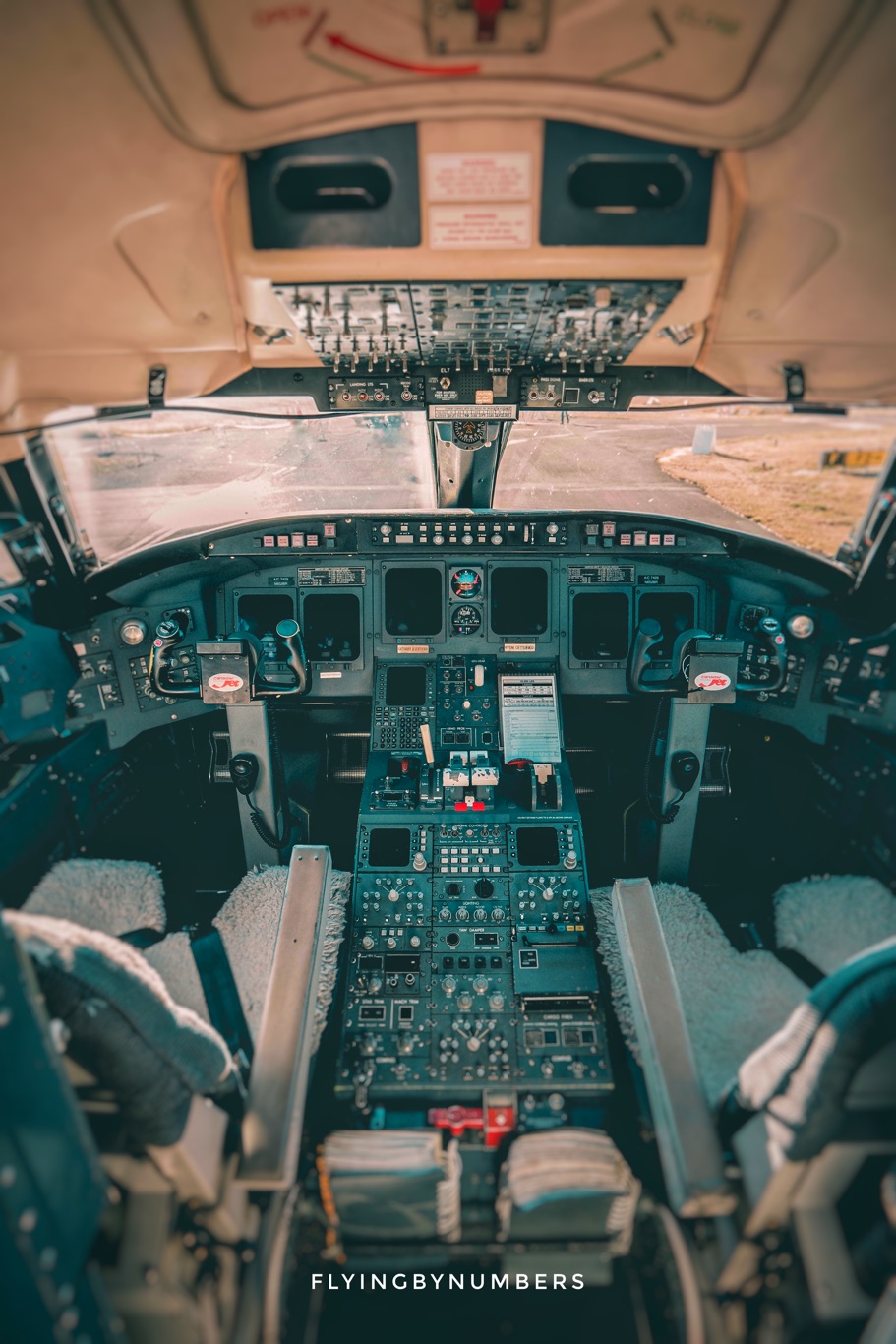
Some critics of this rule argue it may not be the most effective solution to ensure safety, citing reduced passenger confidence, the ineffectiveness of non-expert presence, and the potential for increased security risks.
As a result, the aviation industry has found itself without a fixed regulation on mandating two pilots in the cockpit. Some airlines have chosen to relax their requirements, allowing pilots to be alone in the cockpit freely. Others have selected to keep to the rule of two, with many even adding additional security measures on top of this.
Ultimately, regulators have left the individual airlines to carefully assess and balance these concerns to maintain safety and public trust.
